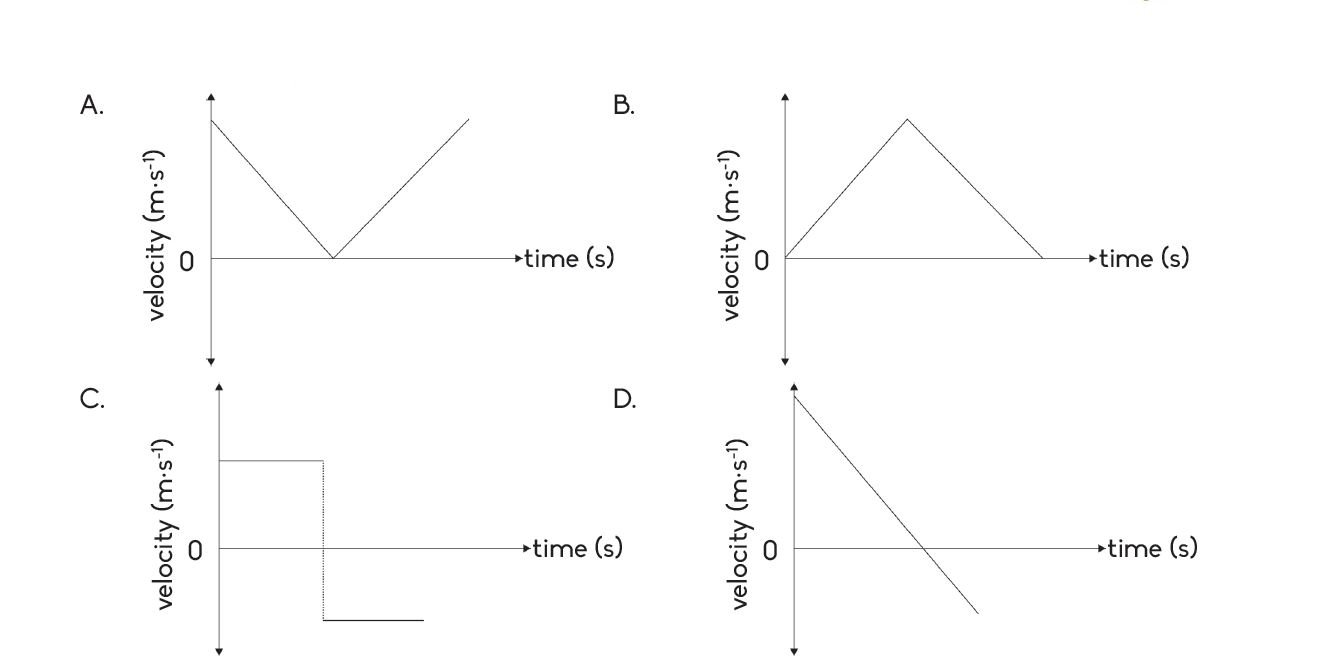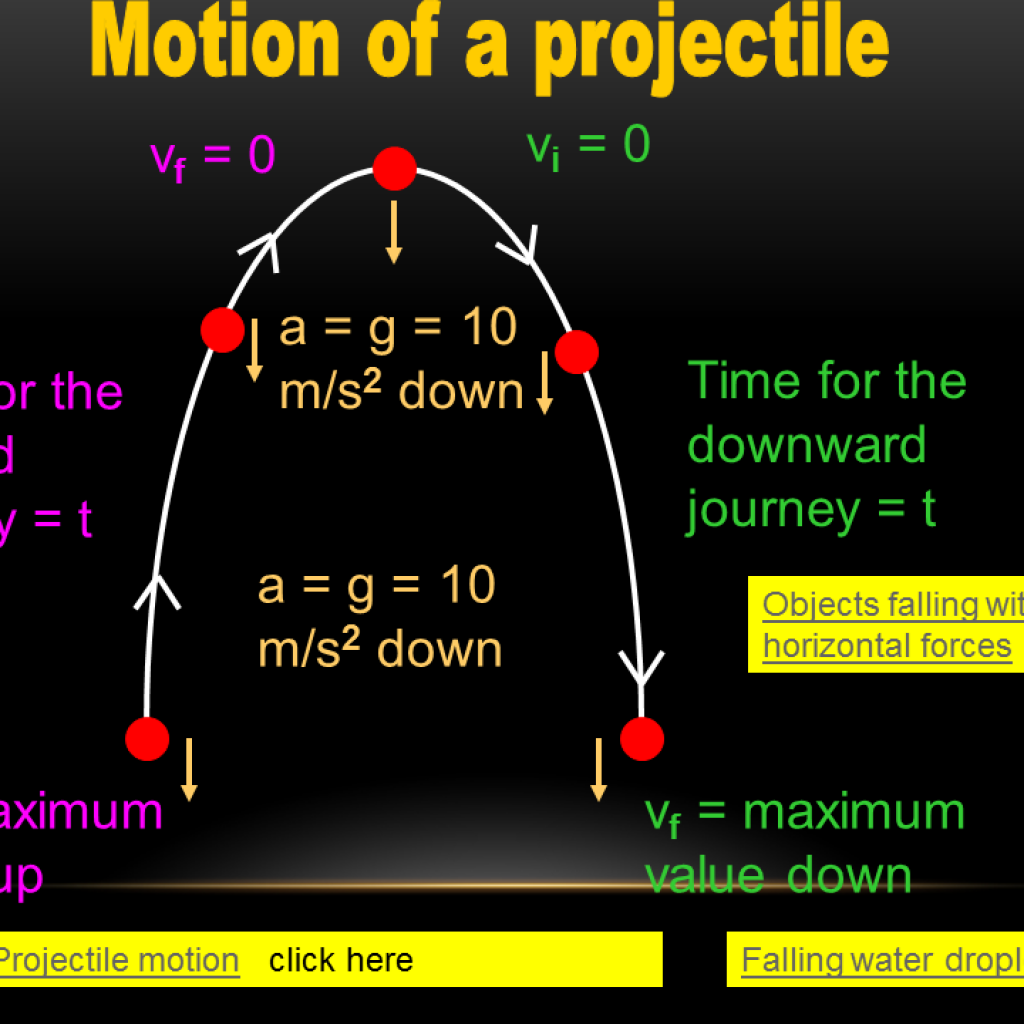Vertical Projectile Motion Notes for Grade 12 Welcome to the fascinating world of vertical projectile motion! Whether you’re a student grappling with the concepts for the first time or a teacher seeking to reinforce your understanding, this guide aims to provide you with a comprehensive set of notes to navigate through this intriguing topic.
Vertical Projectile Motion Grade 12
The topic of vertical projectile motion in Grade 12 Physical Science in the South African CAPS curriculum covers the study of the motion of objects that are projected vertically upwards or downwards. The learning outcomes for Vertical Projectile Motion Grade 12 topic include:
- Describing the motion of a projectile using appropriate terminology, such as displacement, velocity, and acceleration.
- Applying the equations of motion to solve problems involving vertical projectile motion, including calculating the maximum height, time of flight, and range of a projectile.
- Understanding the factors that affect the motion of a projectile, including the initial velocity, angle of projection, and air resistance.
- Analysing the graphs of vertical projectile motion, including displacement-time and velocity-time graphs.
- Understanding the principle of conservation of energy and applying it to problems involving vertical projectile motion.
- Understanding the concept of projectile motion in a gravitational field and applying it to real-world situations, such as the motion of satellites or rockets.
Overall, the learning outcomes for the vertical projectile motion topic aim to develop students’ understanding of fundamental concepts and principles in Physics and their ability to apply these to solve problems in a variety of contexts
Common Definitions for Vertical Projectile Motion Grade 12
Here are some definitions of terms related to vertical projectile motion in Grade 12 Physical Science in the South African CAPS curriculum:
- Projectile: An object that is launched into the air and moves under the influence of gravity.
- Trajectory: The path followed by a projectile through the air.
- Range: The horizontal distance traveled by a projectile from its launch point to its landing point.
- Time of flight: The time taken for a projectile to reach its maximum height and return to its launch point.
- Maximum height: The highest point reached by a projectile during its flight.
- Initial velocity: The velocity with which a projectile is launched into the air.
- Angle of projection: The angle at which a projectile is launched into the air with respect to the horizontal.
- Displacement: The distance and direction of the change in position of an object.
- Velocity: The rate at which an object’s position changes with respect to time.
- Acceleration: The rate at which an object’s velocity changes with respect to time.
Understanding these definitions is important for students to comprehend and solve problems related to vertical projectile motion in Physical Science
Vertical Projectile Motion Notes for Grade 12
Vertical Projectile Motion Notes on pdf downloadable documents for Grade 12:
Grade 12 Projectile motion Questions and Answers in pdf format
Projectile motion Graphs

